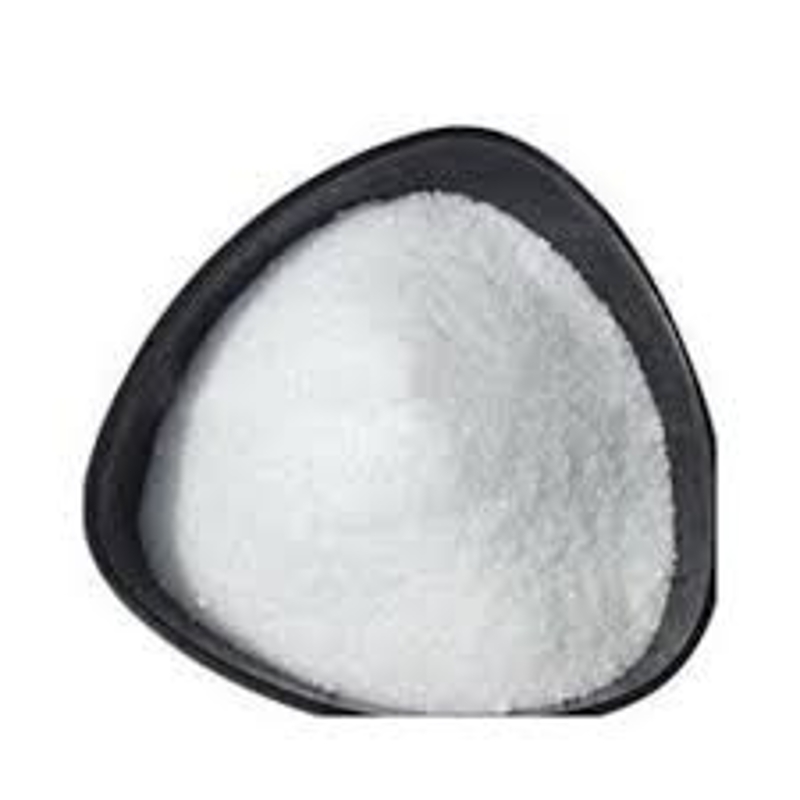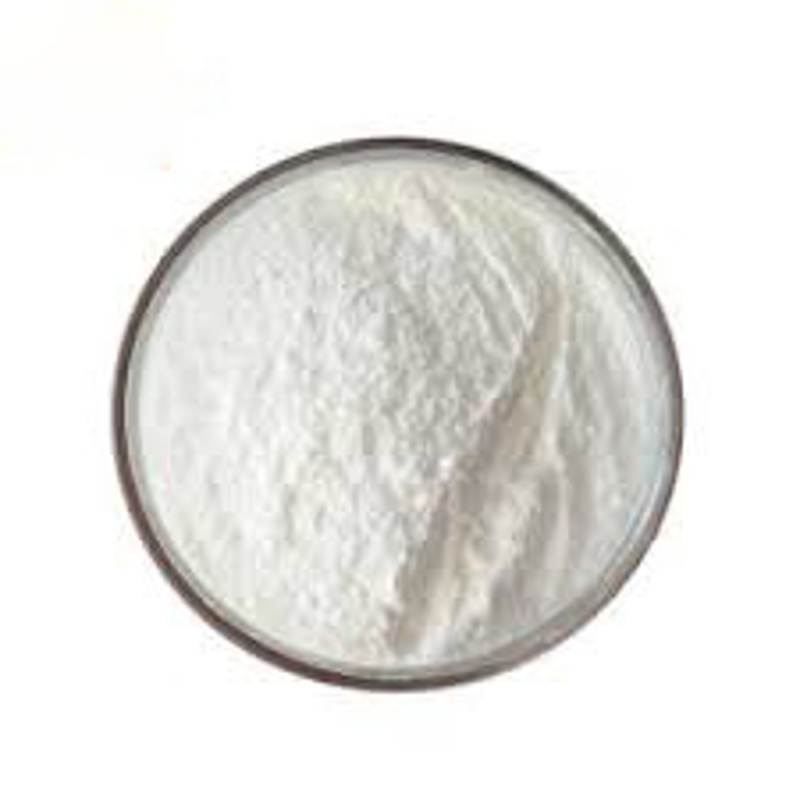-
Categories
-
Pharmaceutical Intermediates
-
Active Pharmaceutical Ingredients
-
Food Additives
- Industrial Coatings
- Agrochemicals
- Dyes and Pigments
- Surfactant
- Flavors and Fragrances
- Chemical Reagents
- Catalyst and Auxiliary
- Natural Products
- Inorganic Chemistry
-
Organic Chemistry
-
Biochemical Engineering
- Analytical Chemistry
- Cosmetic Ingredient
-
Pharmaceutical Intermediates
Promotion
ECHEMI Mall
Wholesale
Weekly Price
Exhibition
News
-
Trade Service
The world
's population is expected to grow by
35 per cent
by
2050, when the total number of crops and animal feed directly for human consumption will double at the current rate of growth in meat demand. Similar statistics on food always produce amazing results, so it's better to think about what each of the next numbers means.only
55%
of the food is directly for human consumption that's a little bit of what people can really eat.agriculture absorbs the world's largest labour force,
38%
of the world's ice-free land. But of all land-produced food, only
55 per cent
feeds humans directly, another
36 per cent
raises livestock and the remaining
9 per cent
is used for biofuels and other industries. Of the 55 percent of
food
, 25 percent
suffered
or waste.More than a quarter of the world's population eats insectsHave you ever eaten silkworms insects are an option as the world's food needs increase, with
20
billion people in the world now eating them. Of these, beetles account for
33%
of all edible insects, caterpillars
18%
, ants, bees and wasps
15%
, and crickets, locusts, slugs and crickets
13%
.40% more expensive than beef
per unit of
insect lollipops have become a new favorite for many children.insects have a high nutritional value, such as the proportion of protein in crickets is comparable to most meat products currently on the market. Many of the insects currently raised have been used to make medicines, lipsticks and alcohol. At the cost of the same amount of feed, the total weight of the insects raised can reach five times that of cattle, while the market per unit weight of insect meat is
40% more expensive than
.80%
food poisoning can not find thethe cause of poisoning may occur in food production, transportation, consumption of every link.even if new sources of food are found, food poisoning is common in all regions, with aboutof them unable to find the pathogen. In the United States, for example, where statistics are most complete, one in six Americans is poisoned by food each year. Of these,
,
,
,
million people were able to make a full recovery,
12,
,
8,
,000 needed hospitalization, and
3,
died.400
miles is a sustainable
don't let food go too far.an important sustainable way of life for the general population is to eat local ingredients and reduce the carbon footprint of food in transit. "Local food" usually refers to food produced within
,400,
miles, or
644,
kilometers, closer than Beijing to Zhengzhou.U.S. farmers market grew
74%
may
,
young faces joined in. farmers' market, a
form of direct farmers selling food directly to cities, has been popular around the world in recent years, with the largest increase in the U.S. farmer market from
4685
in
to
8144,
in
2013
By reducing intermediate links, farmers can make more money and citizens can know where their food comes from. This has attracted more and more young people to agricultural production, which is a boon for many countries, including China, which are facing the ageing of their farmers. high-tech to increase farmers' income
11,000
to
39,000
is the goal of the effort. high-tech products, including soil maps, mobile weather forecasts,
GPS
positioning and seeding, rationing pesticides and fertilizers, have been used in agricultural production in developed countries, and statistics show that they increase the average annual income of smallholder farmers (
800
acres) by
11,000
$
, medium-sized farmers (
1600
acres) increased by $
26,000,
, and large farmers (
2400
acres) increased by $
39,
.







